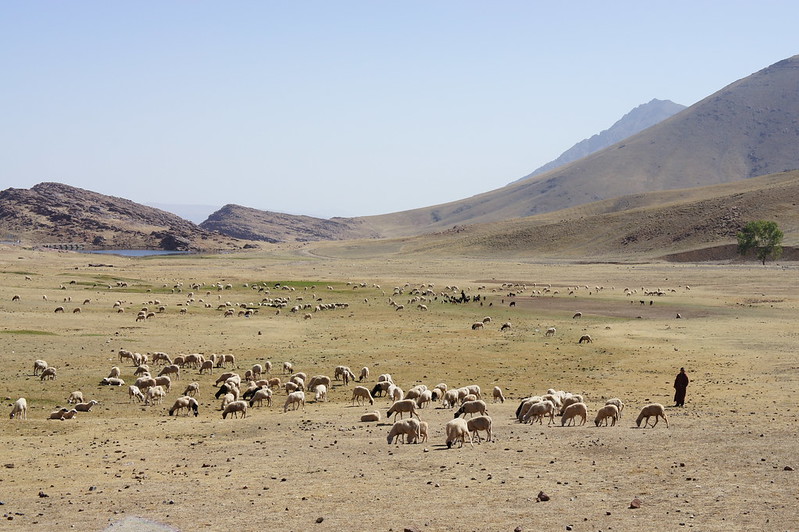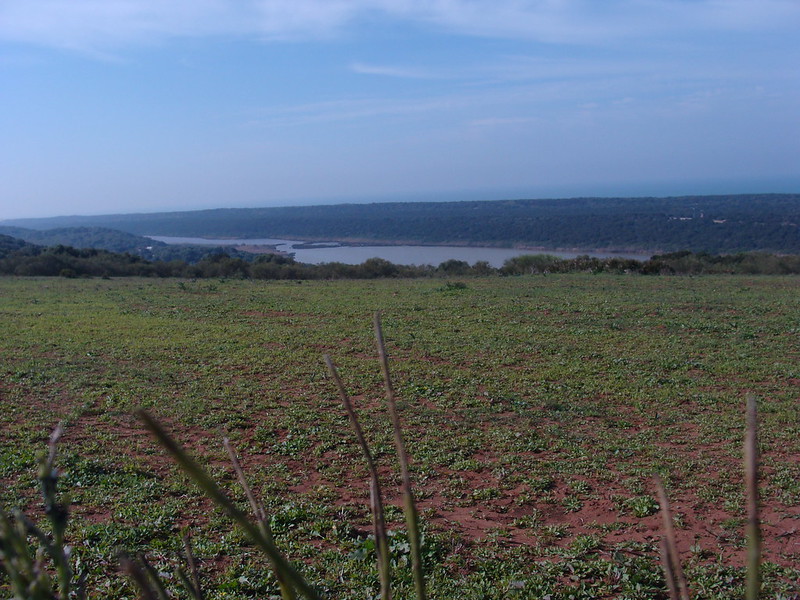Morocco, a land of diverse landscapes and rich biodiversity, is home to some of the most stunning national parks in Africa. From the snow-capped peaks of the Atlas Mountains to the golden sands of the Sahara, the national parks in Morocco offer visitors a chance to explore the country's natural wonders and encounter unique wildlife. In this comprehensive guide, we'll take you on a journey through Morocco's protected areas, showcasing the beauty and importance of these national treasures.
The Importance of National Parks in Morocco
Morocco's commitment to conservation is evident in its establishment of eleven national parks, covering over 7,700 square kilometers. These protected areas play a crucial role in preserving the country's diverse ecosystems and safeguarding endangered species. As urban areas expand, these parks become increasingly important sanctuaries for Morocco's flora and fauna.
The national parks in Morocco not only serve as conservation areas but also as centers for education, research, and sustainable tourism. By visiting these parks, you're contributing to their preservation and the local communities that depend on them.
A Journey Through Morocco's National Parks
Let's embark on a virtual tour of some of the most notable national parks in Morocco, each offering its unique landscapes and experiences.
1. Toubkal National Park: The Roof of North Africa

Location: High Atlas Mountains, near Marrakesh Established: 1942 Key Features: Highest peak in North Africa (Jbel Toubkal, 4,167m)
Toubkal National Park, the oldest national park in Morocco, is a haven for hikers and nature enthusiasts. Home to the towering Jbel Toubkal, this park offers:
- Challenging hiking trails, including the popular Toubkal Circuit
- Diverse wildlife, including golden eagles, mongooses, and the Atlas viper
- Breathtaking mountain scenery and traditional Berber villages
Best Time to Visit: May to June for ideal hiking conditions
Pro Tip: If you're planning to summit Jbel Toubkal, consider hiring a local guide for safety and to enrich your experience with local knowledge.
2. Souss-Massa National Park: A Coastal Haven

Location: South of Agadir Established: 1991 Key Features: Coastal estuaries, forests, and diverse birdlife
Souss-Massa National Park is a birdwatcher's paradise and a crucial conservation area. Here, you'll find:
- 275 bird species, including the endangered Northern Bald Ibis
- Captive breeding programs for threatened animals like the dorcas gazelle and scimitar oryx
- Beautiful beaches, sand dunes, and Argania forests
Best Time to Visit: March to October for optimal wildlife viewing
Did You Know? The Northern Bald Ibis is one of the rarest birds in the world, and Souss-Massa is one of its last remaining habitats.
3. Ifrane National Park: The "Little Switzerland" of Morocco
Location: Middle Atlas Mountains Established: 2004 Key Features: Cedar forests, diverse flora, and Barbary macaques
Ifrane National Park, often compared to Alpine landscapes, offers a unique ecosystem in Morocco:
- Over 1,000 plant species, including cedars, pines, and oaks
- Home to the endangered Barbary macaque
- Opportunities for hiking, wildlife watching, and even skiing in winter
Best Time to Visit: Year-round, with each season offering a different experience
4. Talassemtane National Park: A Rif Mountain Gem
Location: Rif Mountains, near Chefchaouen Established: 2004 Key Features: Diverse landscapes including gorges, cliffs, and caves
Talassemtane National Park is a paradise for adventure seekers and nature lovers:
- Stunning views of the Rif Mountains
- Unique flora, including the rare Moroccan fir
- Excellent hiking and trekking opportunities
Best Time to Visit: Spring and autumn for comfortable hiking conditions
5. Al Hoceima National Park: Where Mountains Meet the Sea
Location: Mediterranean coast Established: 2004 Key Features: Coastal and marine habitats, Berber villages
Al Hoceima National Park offers a unique blend of mountain and sea landscapes:
- One of the last habitats for ospreys in the Mediterranean
- Beautiful beaches and rugged coastlines
- Traditional Berber villages within the park boundaries
Best Time to Visit: Late spring to early autumn for beach activities and hiking
6. Iriqui National Park: A Desert Wilderness
Location: Between the Anti Atlas Mountains and the Draa River Key Features: Sand dunes, acacia-studded savanna, and Lake Iriqui
Iriqui National Park showcases the raw beauty of Morocco's desert landscapes:
- Diverse birdlife, especially around Lake Iriqui
- Opportunities to spot desert wildlife like gazelles and striped hyenas
- Stunning stargazing opportunities in the clear desert sky
Best Time to Visit: October to April for milder temperatures
7. Khenifra National Park: Lakes and Landscapes

Location: Central Morocco Key Features: Two large lakes - Aguelmame Sidi Ali and Aguelmame Aziza
Khenifra National Park, also known as Aguelmame Azigza National Park, offers:
- Beautiful lake scenery
- Diverse flora and fauna
- Excellent birdwatching opportunities
Best Time to Visit: Spring and autumn for pleasant temperatures and lush landscapes
Planning Your Visit to National Parks in Morocco
When planning your trip to explore the national parks in Morocco, keep these tips in mind:
- Respect the Environment: Follow Leave No Trace principles to help preserve these beautiful areas for future generations.
- Hire Local Guides: Many parks are best explored with knowledgeable local guides who can enhance your experience and ensure your safety.
- Be Prepared: Weather conditions can vary significantly, especially in mountain parks. Pack appropriate clothing and gear.
- Check Park Regulations: Each park may have specific rules and regulations. Research beforehand to ensure a smooth visit.
- Support Local Communities: Where possible, stay in local accommodations and use local services to contribute to the communities surrounding the parks.
- Best Seasons: While each park has its prime visiting time, generally, spring (March to May) and autumn (September to November) offer the most pleasant conditions across Morocco.
The Future of National Parks in Morocco
As Morocco continues to recognize the importance of its natural heritage, efforts to expand and improve its national park system are ongoing. These protected areas not only preserve biodiversity but also provide opportunities for sustainable tourism and economic development in rural areas.
By visiting the national parks in Morocco, you're not just witnessing some of the country's most spectacular scenery; you're also supporting crucial conservation efforts and local communities. Each park tells a unique story of Morocco's natural history and cultural heritage, waiting for you to discover.
Whether you're trekking in the High Atlas, birdwatching in Souss-Massa, or stargazing in the Sahara, Morocco's national parks offer unforgettable experiences for every nature lover. So pack your bags, lace up your hiking boots, and get ready to explore the wild side of Morocco!
Ready to plan your adventure in Morocco's national parks? Contact us for expert advice on crafting the perfect itinerary to experience the best of Morocco's natural wonders.
